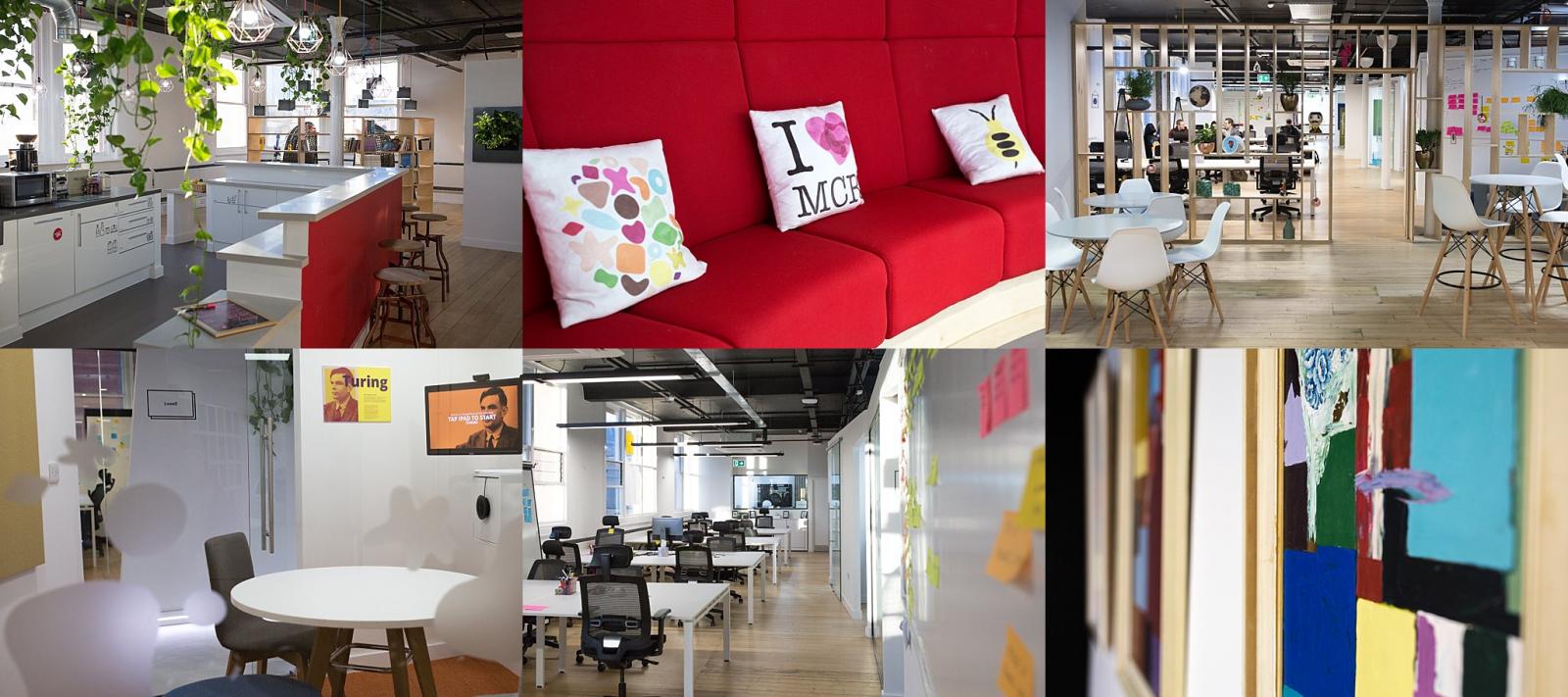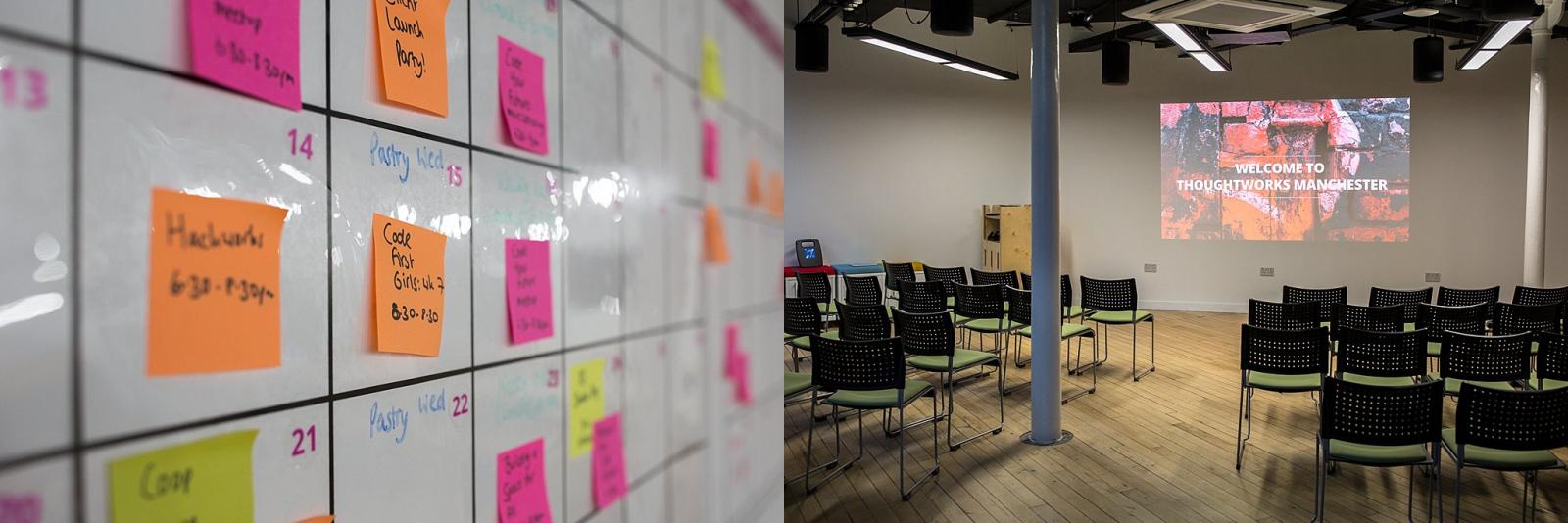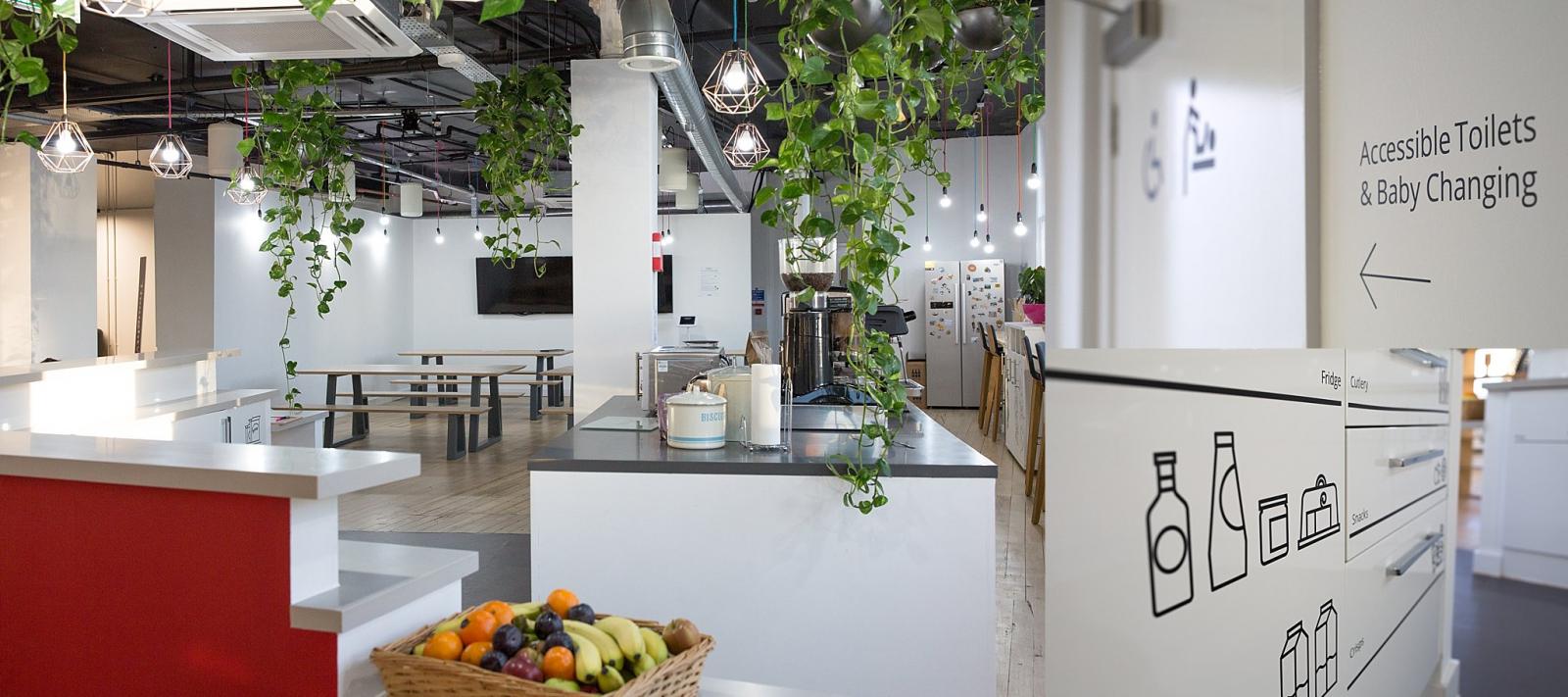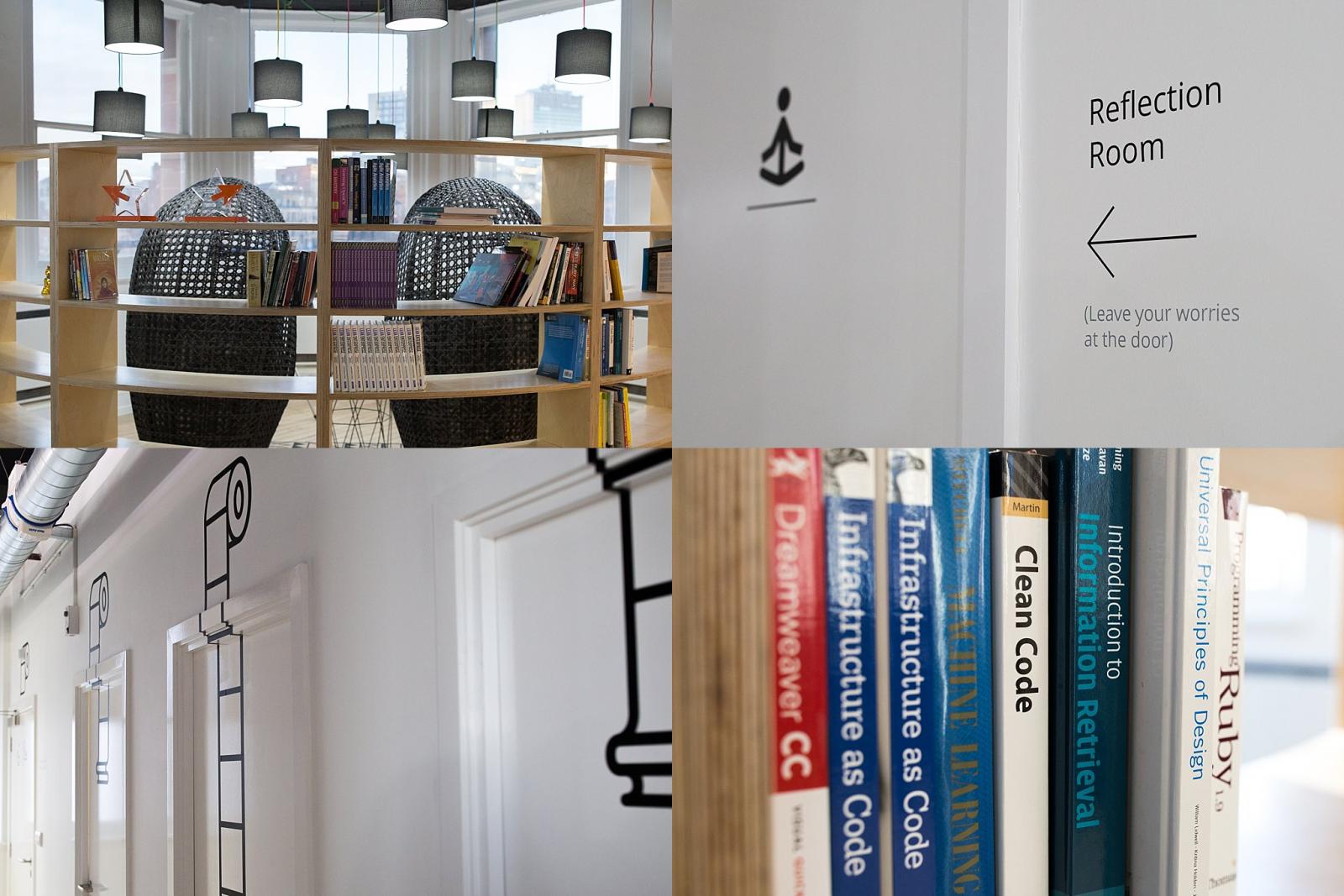Diversity, equity and inclusion
Inclusion is Everyone’s Business: Q&A for Individuals





Disclaimer: The statements and opinions expressed in this article are those of the author(s) and do not necessarily reflect the positions of Thoughtworks.
